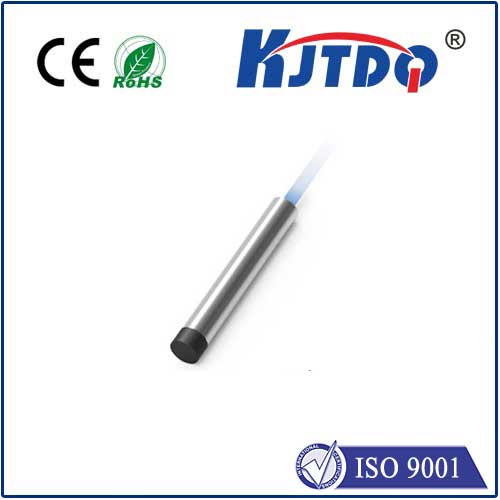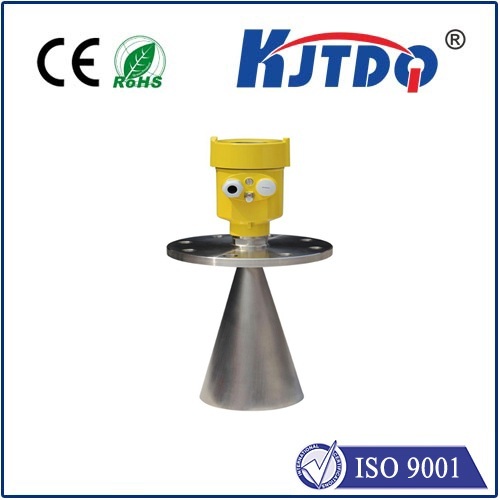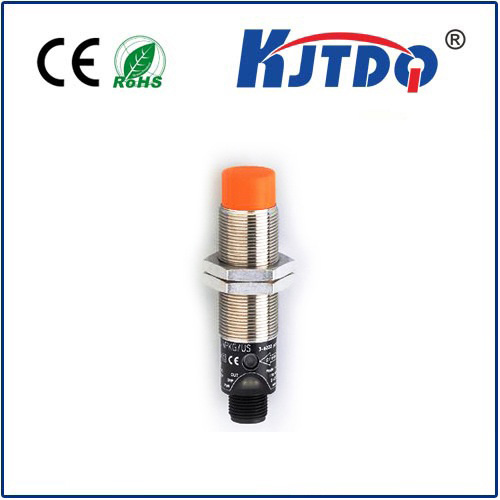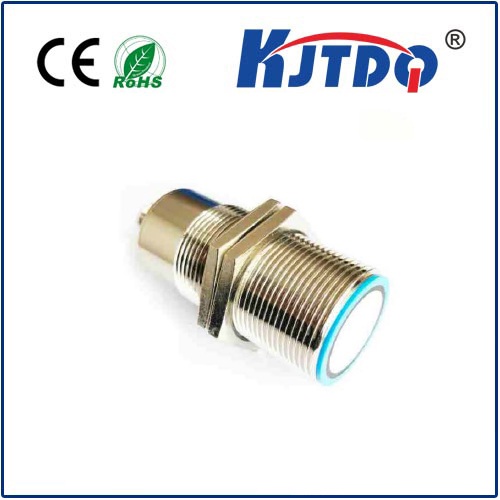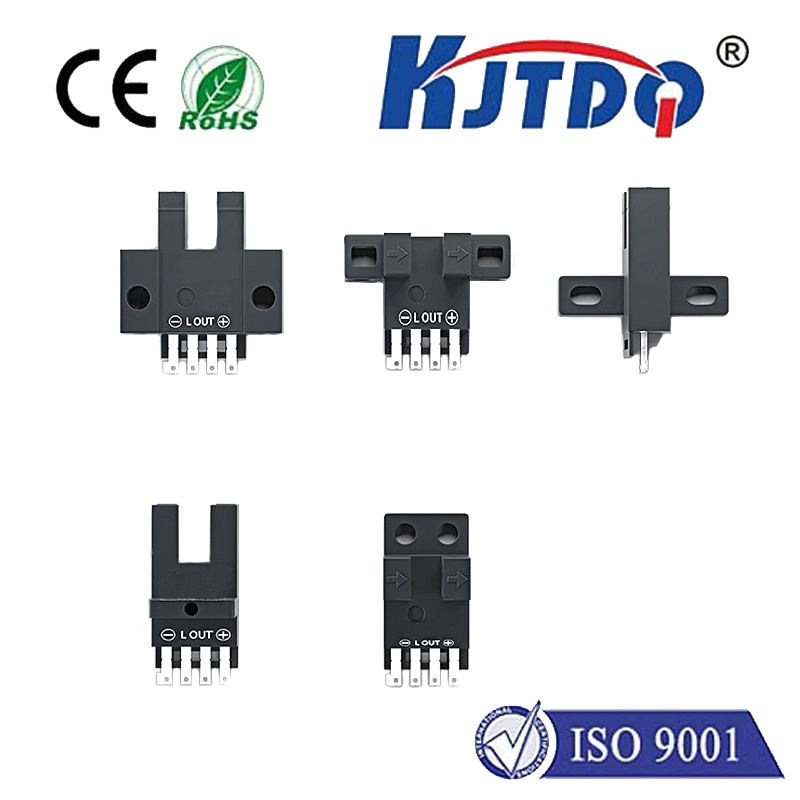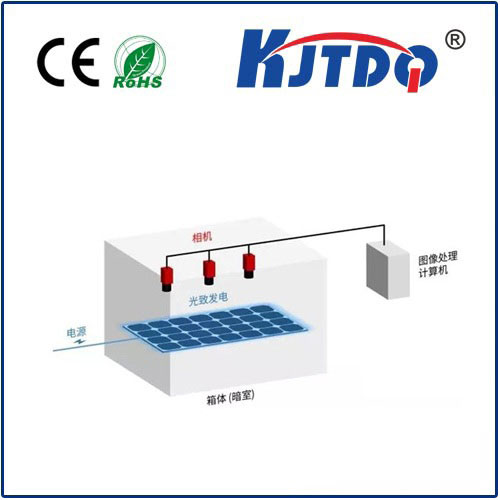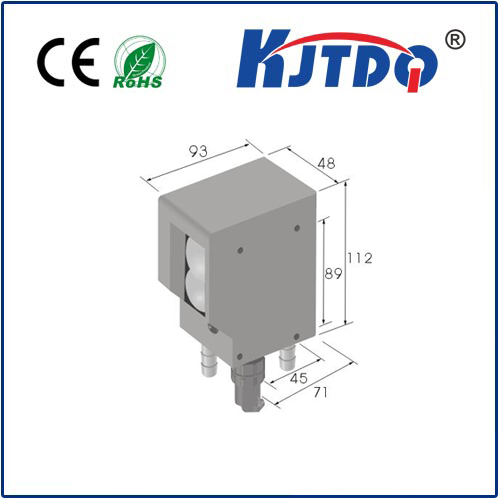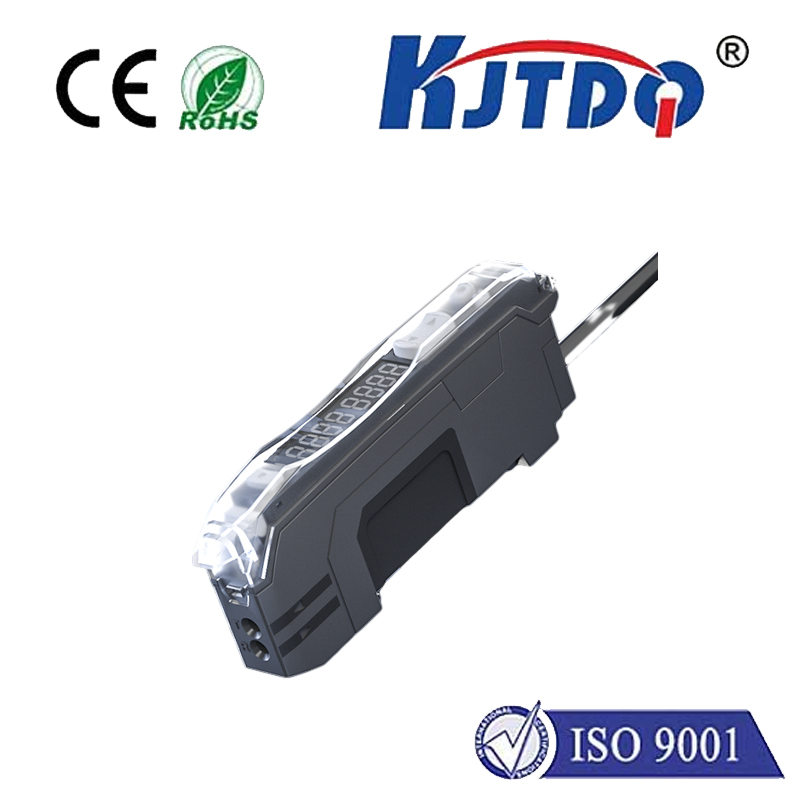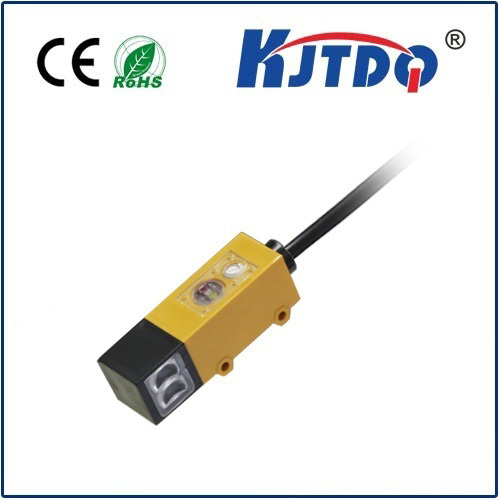
check

check

check

check

In the rapidly advancing world of technology, optical sensors have taken center stage. These innovative devices are revolutionizing industries and transforming the way we interact with our environment. From healthcare to automotive, optical sensors are paving the way for a more efficient and interconnected future. In this article, we will explore the fascinating world of optical sensors and their impact on various industries. What are Optical Sensors? Optical sensors, also known as photosensors or optoelectronic sensors, utilize light to detect changes in physical properties such as temperature, pressure, or motion. They work by converting light into an electrical signal that can be analyzed and interpreted by electronic systems. This technology has been around for decades, but recent advancements have propelled its capabilities far beyond its original scope. Applications in Automotive Industry One of the most exciting applications of optical sensors is in the automotive industry. Modern vehicles are equipped with an array of sensors that enable advanced safety features, improved fuel efficiency, and enhanced performance. For example, optical sensors are used in lane departure warnings, adaptive cruise control, and automatic emergency braking systems. These sensors use light to detect obstacles and make real-time decisions to prevent accidents or minimize damage. As autonomous driving technology continues to develop, optical sensors will play an increasingly vital role in ensuring the safety and reliability of self-driving cars. Healthcare Innovations In the healthcare industry, optical sensors are being used to create innovative solutions for patient care and medical research. One notable application is in wearable health monitors, such as heart rate monitors and fitness trackers. These devices use optical sensors to measure physiological parameters without the need for invasive procedures or cumbersome equipment. Additionally, optical sensors are being used in medical imaging techniques like OCT (Optical Coherence Tomography), which allows doctors to visualize tissue structures with high resolution and precision. This technology is particularly useful in diagnosing eye diseases and monitoring retinal health. Environmental Monitoring Optical sensors also hold great potential for environmental monitoring and conservation efforts. They can be utilized to detect pollutants in the air and water, monitor wildlife populations, and track changes in climate patterns. By collecting accurate data on these factors, scientists and researchers can develop strategies to mitigate environmental damage and promote sustainability. Furthermore, optical sensors can be integrated into smart city infrastructure to optimize energy consumption and reduce waste. Challenges and Future Outlook Despite the tremendous potential of optical sensors, there are still challenges to overcome before they become widely adopted across all industries. Cost, complexity, and scalability are significant barriers that need to be addressed. However, ongoing research and development efforts are focused on overcoming these hurdles and improving the performance and affordability of optical sensors. As technology continues to advance at a breakneck pace, we can expect optical sensors to play an even greater role in shaping our future. In conclusion, optical sensors represent a fascinating and rapidly evolving field that holds immense promise for improving our lives in countless ways. From enhancing safety on the roads to enabling breakthroughs in healthcare and environmental monitoring, optical sensors are poised to revolutionize various industries and foster innovation across multiple domains. As we continue to push the boundaries of what’s possible with this technology, it’s an exciting time to be part of the optical sensor revolution.
